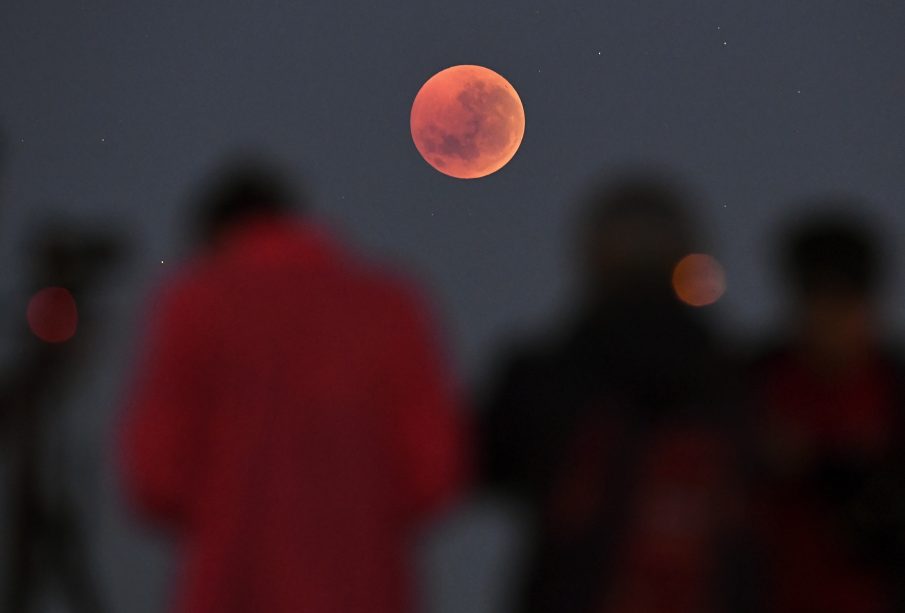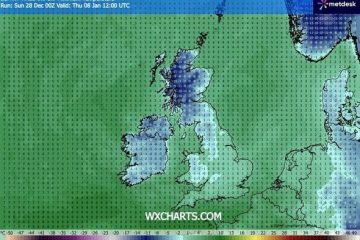Spectacular Blood Moon Total Lunar Eclipse Set to Dazzle Billions of Skywatchers This Weekend

A Rare Celestial Spectacle
This weekend, on September 7-8, over 7 billion people across Asia, Australia, Africa and eastern Europe will have the opportunity to witness Earth’s shadow roll over the lunar disk, creating a mesmerizing deep red ‘blood moon.’
Timing and Visibility
The eclipse will reach its maximum phase at 5:11 p.m. EDT (21:11 GMT) on September 7, with the total eclipse phase lasting approximately 82 minutes. The best views will be from Asia and Western Australia, where observers can witness the entire event from start to finish. Eastern Australia, New Zealand, Africa, and parts of the Middle East will see most of the eclipse phases, while the Americas will miss out entirely.
A Special Astronomical Bonus
Adding to the spectacle, viewers will notice a bright yellowish point of light near the Blood Moon – the planet Saturn. The planet will be closest to the Moon on September 8 at 17:10 GMT, separated by about 3°30′, and will remain visible near the Moon throughout the eclipse night, making the event even more spectacular.
Safe Viewing
The good news for observers is that lunar eclipses are completely safe to watch with the naked eye. While special equipment isn’t required, using binoculars or a telescope can reveal more details and make the observations even more memorable.
Online Viewing Options
For those unable to view the eclipse directly, the Virtual Telescope Project will provide a free livestream from their robotic telescopes in Manciano, Italy, beginning at 1:45 p.m. EDT (17:45 GMT) on September 7. Viewers can watch the blood moon during totality as it rises above the Italian horizon, followed by Earth’s shadow gradually moving across the lunar disk.
Looking Ahead
The next lunar eclipse will occur on March 2-3, 2026, which will also be a ‘Blood Moon’ total lunar eclipse. While slightly less spectacular than the September event, it will be fully visible over northeast Asia, northwestern North America, and the central Pacific Ocean.









